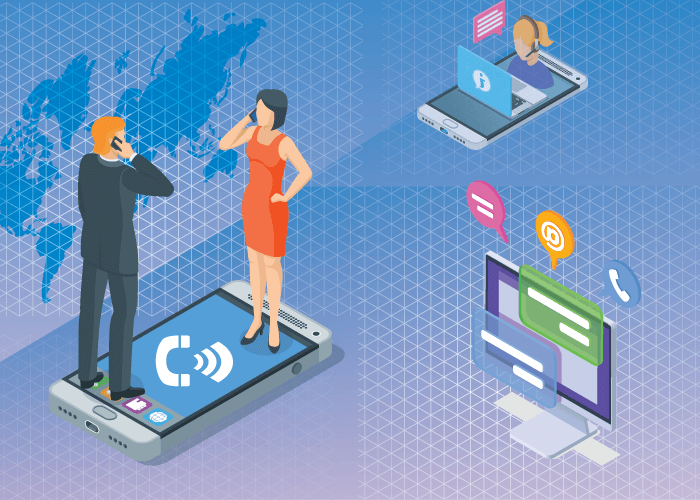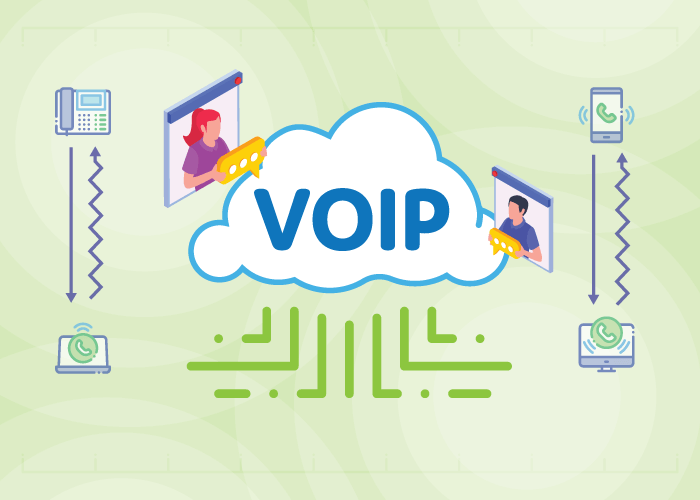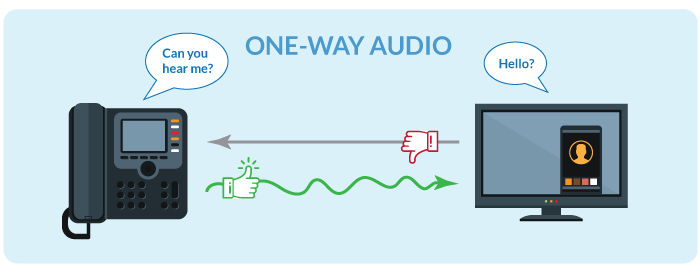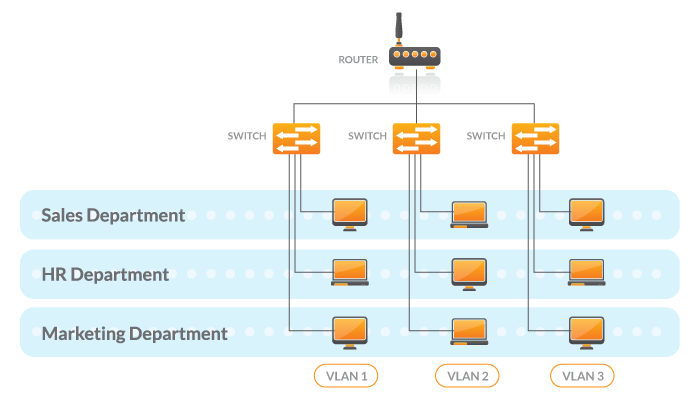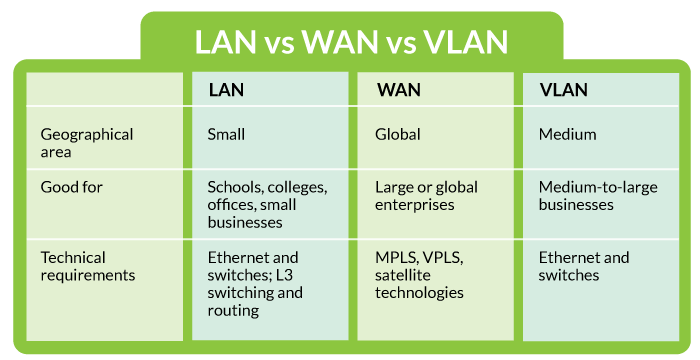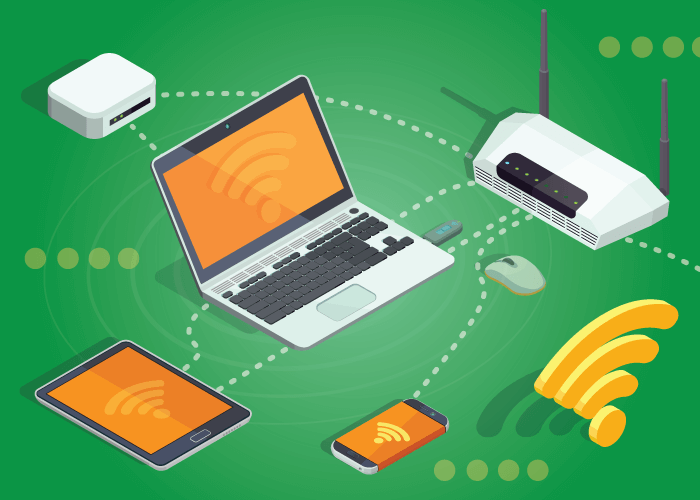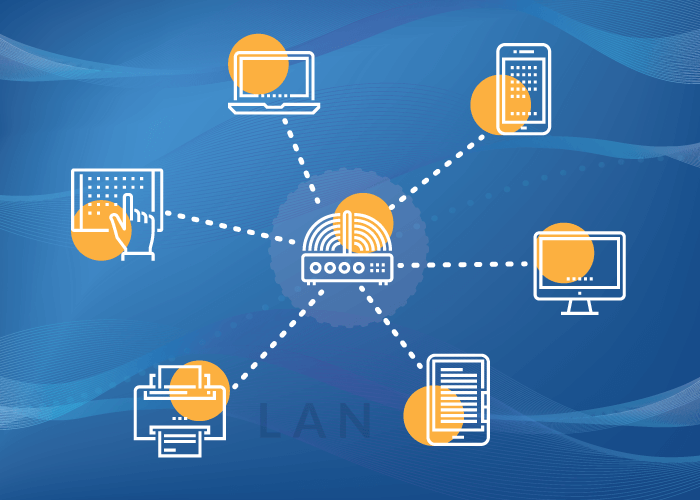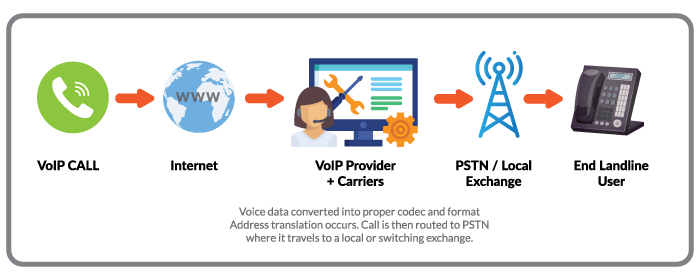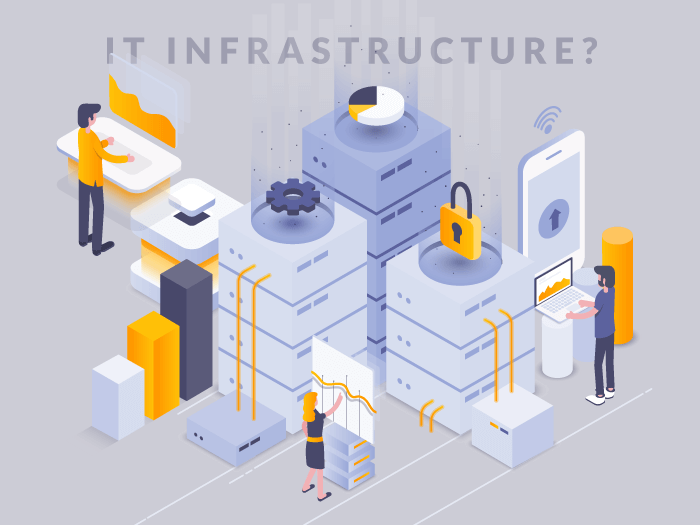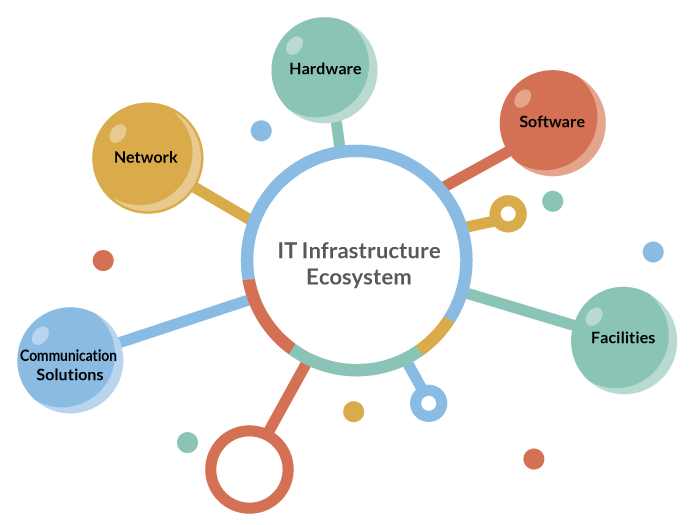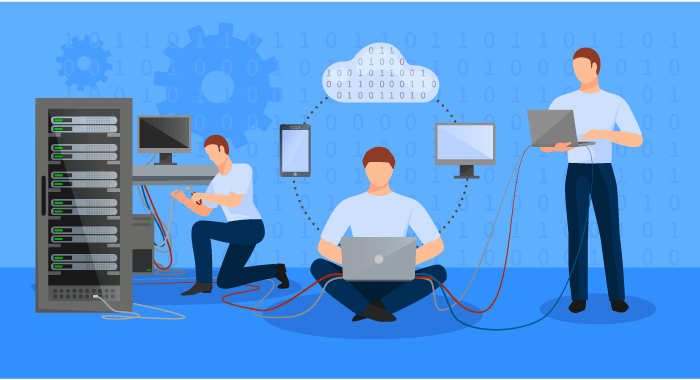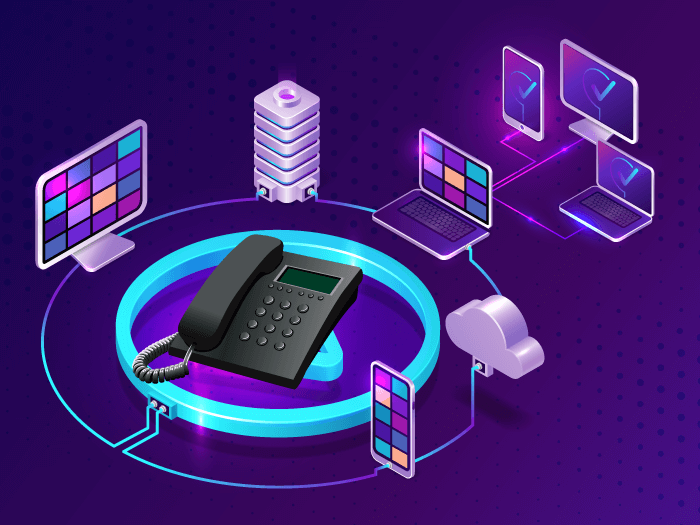Tons of businesses are switching to VoIP for its numerous benefits — from affordability to flexibility. But many new users wonder if VoIP is dependable for business calls, especially since internet-based calling earned a bad reputation in the past.
In this article, we will answer commonly asked questions about voice over IP solutions, including — is VoIP reliable?
Reliability of VoIP
Voice over IP (VoIP) is an internet protocol that converts audio into digital packets and then transmits these packets to the destination. By doing so, VoIP enables users to make and receive calls using the internet.
But many users worry that this is not a dependable solution. This fear stems from a time when these internet-based tools weren’t developed enough, resulting in quality issues.
In fact, with how cloud calling has evolved over the years, VoIP phone systems are often preferred over traditional POTS because they offer crystal-clear call quality and high uptime.
But, to enjoy this, you need to take the proper steps to minimize downtime and keep your system running efficiently. This often involves both the provider and the user. Let’s look at the client-side and provider-side factors.
Client-Side Factors
So, what can you do as a user to ensure your VoIP phone system runs smoothly? Here are some key factors to consider:
Bandwidth requirements:
VoIP requires adequate bandwidth to ensure calls travel uninterrupted. This means you need a stable, high-speed internet connection with enough bandwidth dedicated to voice calls. When deciding how much bandwidth you’ll need, consider the following:
- Number of concurrent calls
- Number of phone lines
- Other applications working simultaneously
- Codecs supported by your provider, etc.
Router optimization:
Similarly, you want to make sure your router is optimized as well. This means investing in a high-quality internet connection, whether WiFi or wired connections. It also means adjusting your router’s settings to prioritize VoIP calling (and voice packets) over other traffic (such as streaming and browsing). You can use quality of service or VoIP QoS to adjust traffic priority.
Backup power and internet sources:
As part of your disaster recovery plan, you will also need backup services in place to get your system up and running during outages or other disasters. Plan to have a backup mobile connection and power sources.
Equipment:
Finally, you must make sure you have the right equipment to make and receive VoIP calls effectively. This covers everything from routers to softphones and headsets.
In most cases, your VoIP provider can make recommendations. But it is a good idea to invest in high-quality, echo-canceling headsets for your agents and use softphones offered by your provider to make calls from your devices. On top of that, ask your provider about the router and internet settings needed to support your VoIP calling needs.
Provider-Side Factors
You also want to ensure your provider is prepared to offer you quality service with a trustworthy support team.
So, what makes a VoIP provider reliable?
99.999% uptime:
Your provider should supply you with more information that determines the quality of the service your provider will deliver. This must-have information will outline the expected uptime, call quality, troubleshooting assistance, and other essential information pertaining to your service.
Global and local servers:
Most VoIP providers servicing enterprise-level organizations usually have their own VoIP infrastructure with points of presence (PoPs) spread across the world. This ensures calls are distributed reliably, even if one route fails. But some providers work with a vast network of local and regional operators to bring you the same level of service reliability. When choosing a VoIP provider, ask how they route their local and global calls and if any areas are not covered within their network.
Dedicated account management:
Another key factor that determines your VoIP service quality is having a dedicated account manager who understands your business communication needs well and works to ensure you get the best out of your service. Choose a provider who offers an account manager for no extra charge. This way, you know your service is in good hands.
24/7 technical support:
Similarly, you also want a provider with a responsive tech support team in case of emergency situations. Look for a provider with multiple support options such as live chat, 24/7 phone support, email, trouble tickets, troubleshooting guides, etc.
Regular monitoring:
Additionally, your provider should constantly monitor their networks and servers. This is the best way to ensure calls travel accurately and quality remains high. Most providers use a quality monitoring service or software to keep tabs on their voice network. Ask your provider how they monitor quality and how they can guarantee uninterrupted service.
Is VoIP More Reliable than POTS?
Most VoIP newcomers wonder how exactly VoIP is more reliable than POTS. But VoIP is statistically a better choice than PSTN for small to medium-sized businesses.
To better understand why businesses prefer VoIP over landline systems, you must look at their differences.
Here’s a brief overview of PSTN versus VoIP:
- VoIP is more cost-effective than PSTN. In fact, cloud telephony providers can offer better quality and more features at a lower cost than traditional landlines.
- You have access to advanced voice calling features with VoIP. PSTN is relatively limited.
- VoIP use has steadily increased while landline use has steadily decreased over the past two decades – especially in the US.
- Internet-based calling allows users to use any IP-enabled device to place calls, adding geographic mobility.
- With redundancy and failover capabilities, you can ensure your VoIP system is up and running, even during a power or internet outage.
- VoIP infrastructure continues to evolve while PSTN is being phased out.
- And finally, VoIP offers more flexibility, growth, and scalability than a PSTN setup.

Source: Statista
So, the question remains, do you want to base your communication system on a technology that may not be as functional or reliable 10 years from now?
Source: Bullseye Telecom
When is VoIP the Better Choice?
VoIP can help you increase productivity, reduce costs, communicate effectively, and run your business from anywhere. But how do you decide if your organization can benefit from this switch?
According to our Sales Manager, Luke Genoyer, here is when VoIP is the right choice for a business:
- Young companies who want to set up a reliable and easy-to-manage phone system can benefit from month-to-month services with no obligation as well as a fast, inexpensive, and easy setup.
- For businesses that need to scale or plan to grow — in size or global reach — in the next few years, VoIP makes it easy to add and remove users and numbers easily.
- Businesses that need access to call center data to analyze their call traffic and build a more responsive support team to improve customer experience.
- Use international calling to establish a local presence around the world with various local and international phone numbers.
How to Choose a Reliable VoIP Service Provider
While there are many VoIP and cloud telephony providers on the market, you want to find one that meets your communication needs and budget. Finding this provider will take some effort and research on your part. Here’s a quick checklist of things to consider when looking for a new VoIP service:
- Determine communication needs and budget.
- Evaluate features and pricing.
- Review inventory and global coverage.
- Check uptime and carrier reliability.
- Read reviews and customer testimonials.
- Try for free, if available.
Get VoIP with United World Telecom
United World Telecom has offered VoIP services to businesses for over 25 years. Our experience in the telecom industry has resulted in strong relationships with Tier-1 carriers around the world. This means we can provide businesses of all sizes with high-quality and reliable VoIP phone services.
Want to learn more about our cloud telephony services? Reach out to our telecom experts and chat with us today!
